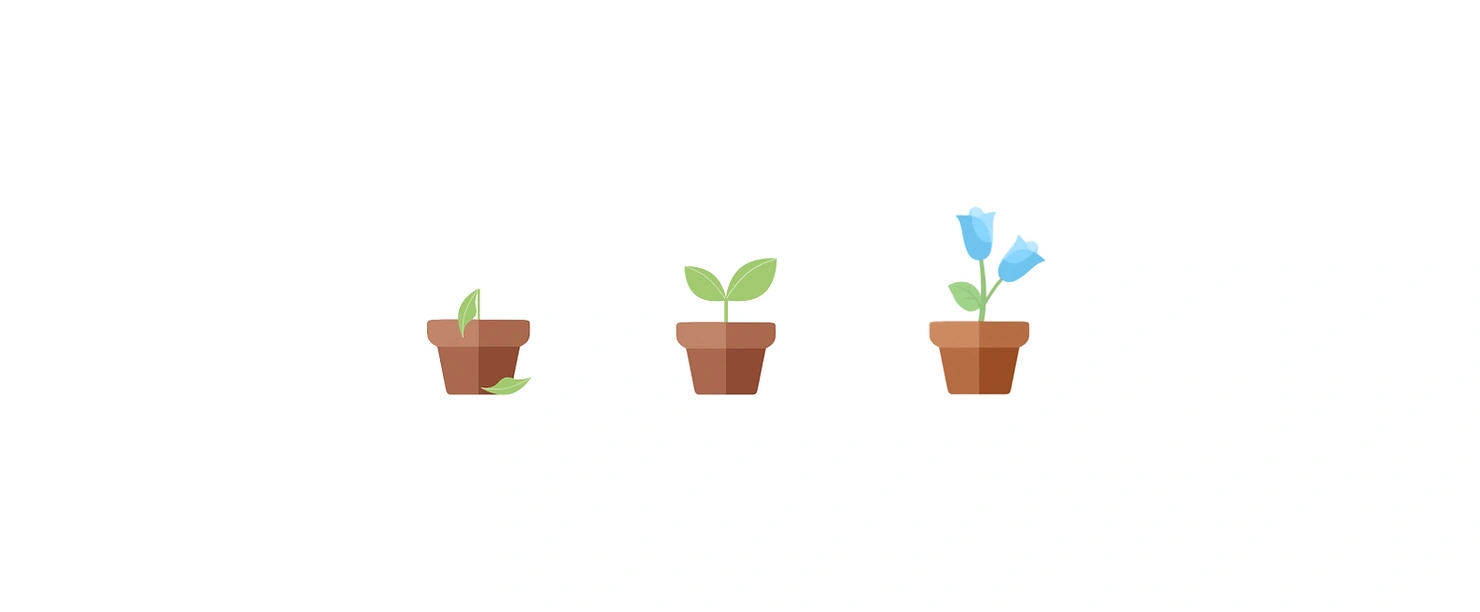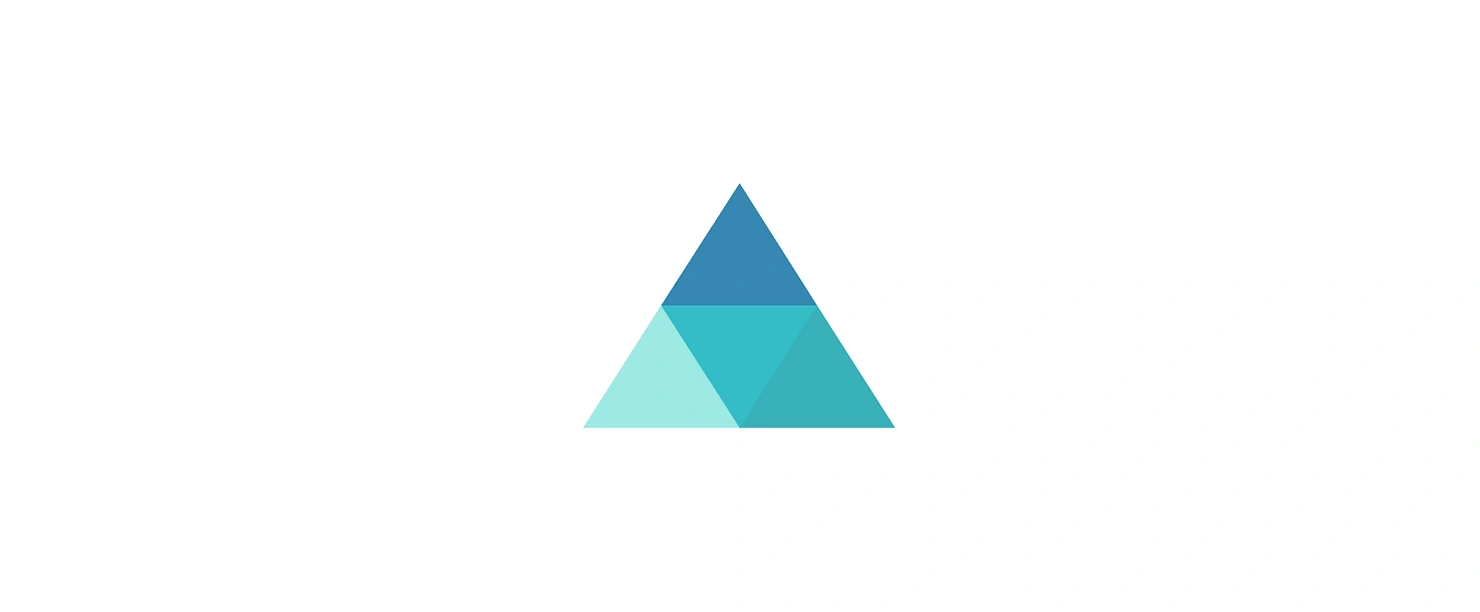
The Enneagram concept of “growth,” or levels of development, was pioneered by Don Riso and Russ Hudson. The Enneagram model says that people never change personality types over their lives, but they become better or worse versions of themselves based on growth. Any type at their best is an exceptional human being with admirable talents to offer. To reach the highest levels of health, one must be incredibly self-aware and whole. In contrast, every type at their worst is struggling with major challenges and is difficult to deal with.
The growth idea establishes that each type is bound to a unique continuum of psychological well-being, so that each type evolves (and self-destructs) in predictable ways. A type’s behaviors, attitudes, defense mechanisms, and motivations will vary depending on their current level of development. It is one of the primary ways we can explain a type’s variation in thinking and behavior over time.
Each level represents a psychological shift that occurs in a person’s psyche, with the headline characterizing their overall essence. For example, someone at Level 5 of health (“Level of Interpersonal Control”) is focused intently on getting their needs met by consciously or unconsciously manipulating other people. This is also the level at which more interpersonal conflicts tend to surface because of their distress.
Below is a summary of the levels of development.
High health
Levels 1-3 are considered high health, when a type’s best traits tend to reveal themselves. A person is more likely to be comfortable in their own skin, possessing a solid sense of self and letting their virtues shine through.
Level of Liberatio
Level of Psychological Capacity
Level of Social Value
Average health
Levels 4-6 are considered average health. Most people operate in average levels of health, whereby they present both sides of the coin, regularly displaying both positive and negative characteristics of their personality type.
Level of Imbalance
Level of Interpersonal Control
Level of Overcompensation
Low health
Levels 7-9 are considered low health, where someone’s insecurities and negative behavioral patterns reveal themselves more often, disrupting their well-being and that of their surroundings. This stage may coincide with mental illness, at which point we recommend that readers speak with a mental health professional.
Level of Violation
Level of Delusion and Compulsion
Level of Pathological Destruction
Why it matters
The levels of development add another way we can slice someone’s personality using the Enneagram framework. A Five will look markedly different at Level 2 of health compared to a Five at Level 6 of health. At high health, Fives have fully or mostly transcended their ego, thereby eliminating their intense focus on what they think they need to function. They are profoundly present, equipped with intellectual clarity and a solid sense of self that brings joy to themselves and others. A Five edging towards low health becomes transfixed by what they think they need to have and avoid, thereby slipping into bouts of hyper-analytical thinking, cynicism, and resource-hoarding. Remarkably, this could be the same person just a few weeks apart. Unlike type or wing, a person’s level of development can change throughout their life.
The levels of development also enable us to characterize each type as a holistic bundle of seemingly contradictory traits. No other personality system accounts for this complexity. How is it that a Seven can be both ecstatic and bitter? Carefree yet anxious? Spontaneous yet overthinking?
Each type’s personality traits manifest from their ego identification; what makes you “you” can be conceptualized by what you value. If you value having fun, your thinking and behaviors will align towards having fun. But the shadow side is that you’ll also repel from the opposite, which in the Seven’s case, is being trapped in painful emotions. Because the Seven’s ego wants to have fun and be fun, it often applies an equal and opposite force to avoid the “not fun,” desperately pushing against melancholy, anxiety, and guilt. Consequently a Seven can be either ecstatic or highly anxious depending on how attached they are to their ego.
From a personal development standpoint, the levels of development enable you to identify where you currently reside, so you can develop true self-awareness and work towards habits and healing that will enable you to move into the highest levels of health. Knowing you’re a Nine in Level 5 of health gives you a no-nonsense look at who you are and how you’re functioning. If being disengaged, complacent, and resistant doesn’t sound like you being your highest self, it’s time to untangle how you got here and identify the key issues you need to resolve to move upward.
Some fixes may be quick (developing a regular mindfulness or gym practice to boost your energy), while other fixes may take time (speaking to a counselor to decipher why you built up such impenetrable boundaries). Either way, the levels of development are a guide that can help you get there.
The relationship between growth, ego, and presence
Riso and Hudson simplify the levels of development as the extent to which you identify with your ego , or your “I.” If you’re an egoic person, you’re attached to your thoughts, your desires, your fears, and your needs. It does not imply that you’re selfish or bad, but merely that you have an I-focused operating system and see the world through that lens.
As a person descends down the levels of development, they become more insecure and hence more attached to their ego, clinging to their distinct sense of self by any means necessary. For Threes, this may mean going to increasing lengths to prove to others that they’re valuable and important, while for Ones, it may mean making themselves feel that they’re good and right in every situation. The stronger the ego, the greater its self-destructive power, pushing people into defensive, reactive, and automatic behaviors that prevent their highest selves from emerging.
If increased ego is an indicator of declining mental health, increased presence is a marker of high health. The Enneagram Institute, founded by Riso and Hudson, explains :
As we become more present, we see our personality traits more objectively and the Levels become a continuous guide to self-observation, a map that we can use to chart where we are in our psycho-spiritual development at any given time. As we move “up” the Levels, we discover that we are freer and less driven by compulsive, unconscious drives and therefore able to act more effectively in all areas of our lives, including in our relationships. When we are less identified with our personality, we find that we respond as needed to whatever life presents, actualizing the positive potentials in all nine types, bringing real peace, creativity, strength, joy, compassion, and other positive qualities to whatever we are doing.
Riso and Hudson’s theory aligns with other self-development gurus who insist that one of the surest paths to mental well-being is through transcending one’s ego and cultivating the ability to be present. By evolving past our obsession with self and who we are, we give ourselves the capacity to find joy outside of our own minds via a passion, helping people, or other activities/relationships that elicit a flow state. There will still be bumps in the road, but Enneagram types in high health are better equipped to process them and come back to what really matters in life: this moment.


